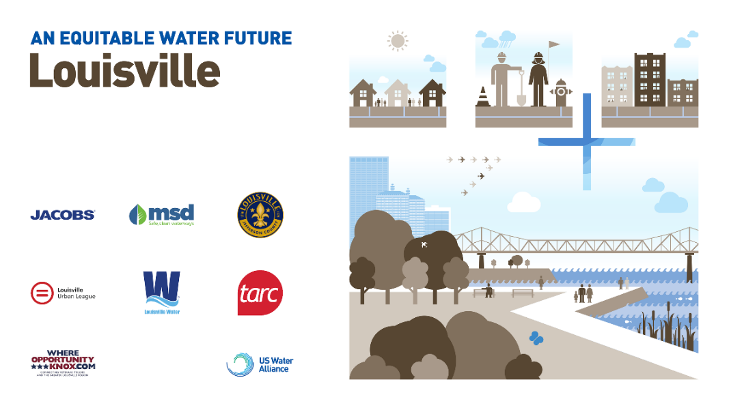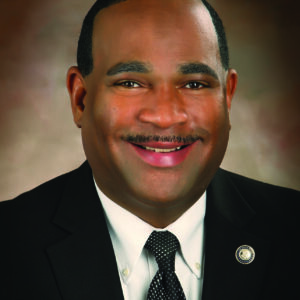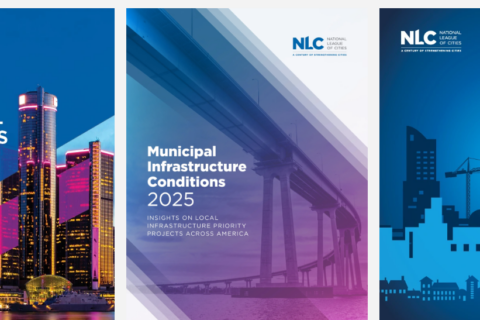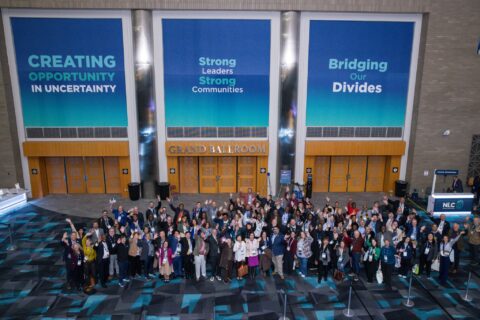The COVID-19 pandemic has revealed a variety of challenges and vulnerabilities throughout the U.S. over the last year. Poor health, unprecedented numbers of shuttered businesses, unemployment, and social and racial injustice have impacted all of America’s residents. As the Executive Director of Louisville and Jefferson County Metropolitan Sewer District (Louisville MSD), the pandemic has poignantly amplified the need we have as a country to ensure that all of our residents, in every community, have access to safe, clean and affordable water.
The future is beginning to look brighter each day, with real progress on rolling out a vaccine. However, the urgency remains for the country to move quickly and safely on a path towards economic recovery. As communities throughout our nation continue to weather the pandemic, water has been front and center as an essential need and service. The U.S. has more than 65,000 drinking water and wastewater utilities. As a leader of a sewer authority with a diverse service area, I invite policymakers to look to the water sector as a critical partner in the endeavor to rebuild our economy.
For decades, the water industry has proven our ability to catalyze economic growth and provide meaningful job opportunities while addressing the need to repair our aging infrastructure. According to The Economic Benefits of Investment in Water Infrastructure report by the U.S. Water Alliance and the American Society of Civil Engineers (ASCE), the U.S. is drastically underinvesting in critical water assets, meeting only 37 percent of the nation’s total water infrastructure capital needs in 2019. Local governments account for over 95% of all water and sewer infrastructure spending, including more than $130 billion in 2018, according to the U.S. Census Bureau. However, even with that level of investment it is still not keeping up with the need. According to ASCE, the US needs to invest an additional $82 billion per year in water infrastructure at all levels of government over the next 10 years to meet projected capital needs. The need for investment in our critical water infrastructure is clear.
The water sector has demonstrated its commitment to advance equity, inclusion and environmental justice as core principles of our infrastructure programs. We understand that we must leverage every infrastructure dollar with a focus towards multiplying it again and again in the communities where our services take place. From developing value chain analysis, to partnering with labor unions on pre-apprenticeship programs, we know water infrastructure investments can lead to tangible community wealth building. For example, this month, Louisville Mayor Greg Fischer’s Equity in Contracting Taskforce will release an urgently important infrastructure report. The Taskforce will recommend a set of strategies to ensure that Louisville’s anticipated expenditure of approximately $5 billion in public and private capital infrastructure investments over the next five years are fairly distributed among local Black-owned and diverse businesses. This type of purposeful engagement has positioned Louisville well to respond to a national infrastructure effort.
In addition, Louisville MSD collaborated with peer utilities nationwide to publish An Equitable Water Future, a roadmap identifying specific steps to achieve equity through workforce development, procurement and local labor hiring policies. In 2015, the agency adopted a local labor preference policy to ensure employment opportunities for local residents. We created 1,200 jobs last year from large projects, including 474 in our service area and 56 skill craft areas, including bricklayers, carpenters, electricians, operators and pipefitters. Water utilities are ripe for employment and economic investment.

I would be remiss to not highlight that the water sector opportunity extends beyond just employment in construction. As has been highlighted by many organizations across the country, the water industry is currently in the midst of a “silver tsunami.” Half of water professionals will be eligible to retire over the next three to five years. These diverse careers range from watershed keepers to lab technicians to engineers and communication professionals. Many of the job classifications have low barriers for entry that do not require a college degree. According to Brookings Institute’s Renewing the Water Workforce report, water workers tend to be older, and in certain occupations, lack gender and racial diversity. In 2016, nearly 85 percent of water workers were male and two-thirds were white, pointing to a need for younger, more diverse talent. The time is now to train the next generation of water practitioners to design, construct, operate and maintain our country’s critical infrastructure.
One recent step in the right direction was the announcement last month by the U.S. Environmental Protection Agency (EPA) of their new water workforce grants program. This program was passed in Congress with bipartisan support demonstrating an awareness by our policymakers of the need for more career pathways into the water sector.
As the new administration sets priorities and the country continues to navigate through the COVID-19 pandemic, the water sector should be seen as a crucial partner in the plan for economic recovery. The water industry is primed to create jobs, revitalize our communities, rebuild our infrastructure and unite America’s residents nationwide because we are stronger together.









